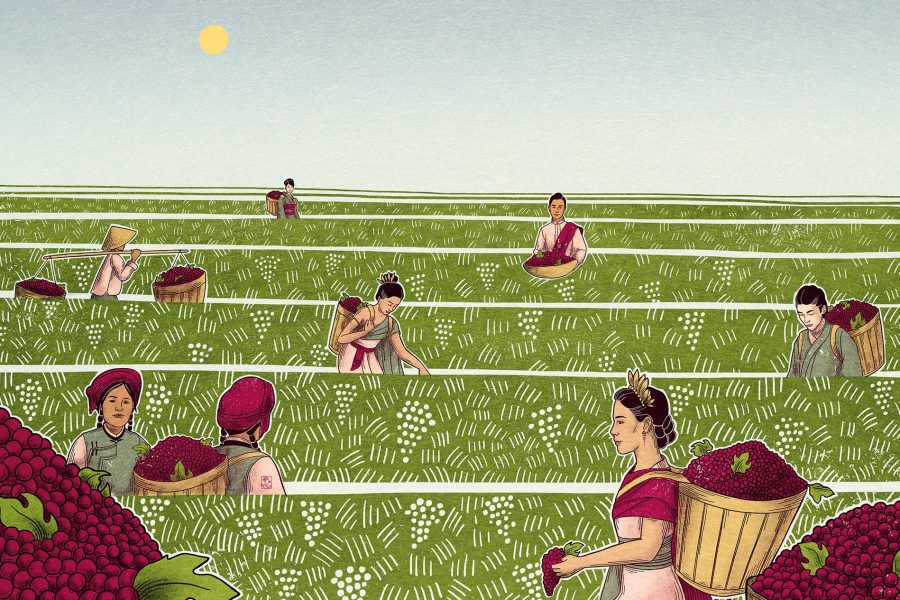Picture yourself on the terrace of a gorgeous chateau, surrounded by vineyards, a glass of full-bodied red in your hand. Where are you? You’re probably thinking Bordeaux, Tuscany, the Barossa or Mendoza. But how about Asia? In the past two decades, wineries have emerged across the continent, producing wine of increasing quality and creating a travel experience to match. We look across the region for the best locations for tipple tourism.
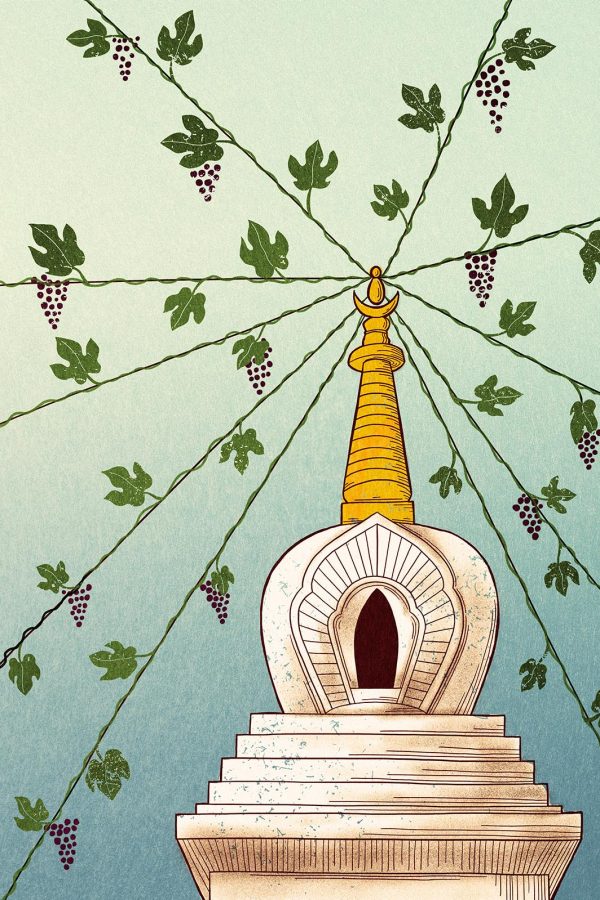
Illustration: Christina Chung
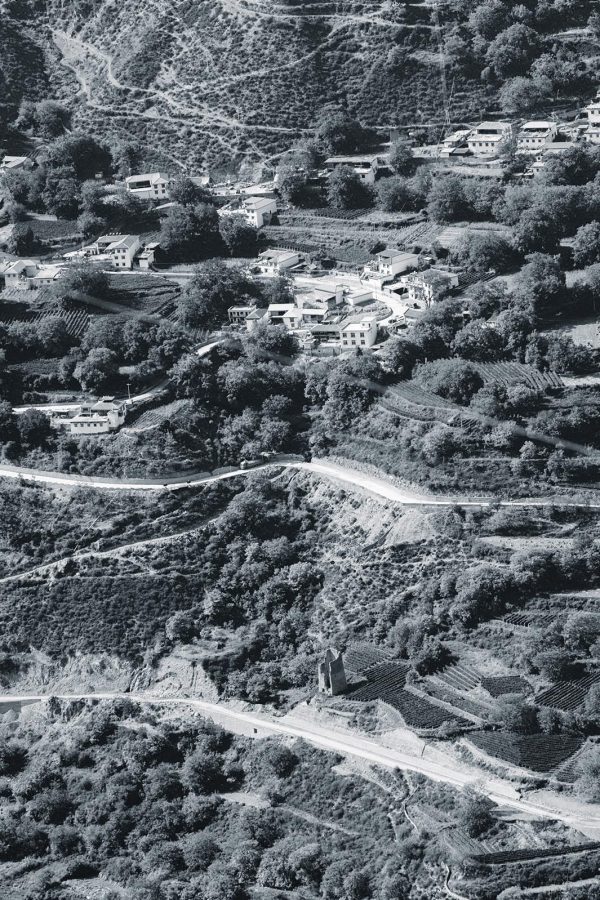
Shangri-La County, Yunnan, Chinese Mainland
Although more commonly known for tea production, Shangri-La county is also a top producer of quality wines. Some of the world’s most picturesque vineyards can be found in the mountainous region, with some located as high as 2,600 metres above sea level. This altitude provides a cool climate and, together with ample sunshine hours, is ideal for growing grapes that require long ripening periods, such as cabernet sauvignon.
Top Wine Producer
Ao Yun , meaning ‘flying above the clouds’, is a Moet Hennessy brand, currently producing 24,000 bottles of a cuvée made of cabernet sauvignon and cabernet franc from a 30-hectare vineyard planted in the villages surrounding the Meili Mountains. At HK$2,000 a bottle, it is one of the most expensive Chinese wines.
Where to Stay
Banyan Tree Ringha , a hotel set in the peaceful surroundings of old tea plantations, is the only Chinese property on the National Geographic Unique Lodges of the World list, which features hotels immersed in the local community and environment.
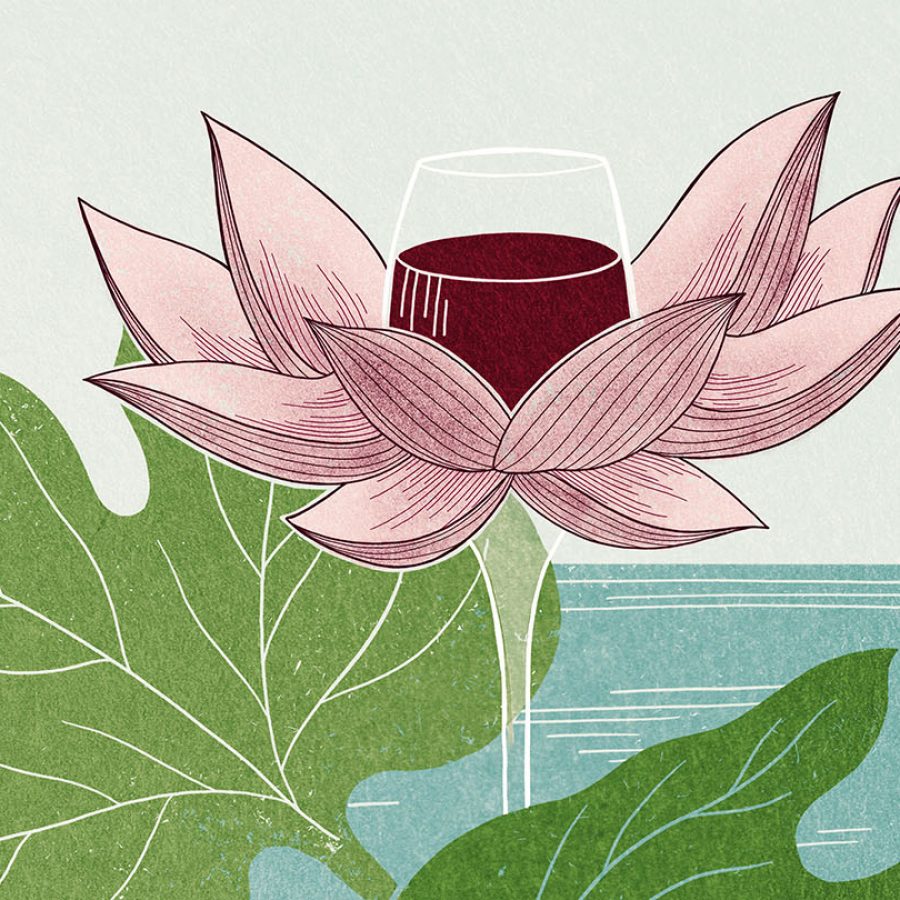
Illustration: Christina Chung
Yantai, Shandong, Chinese Mainland
The province that brought us Tsingtao beer is also home to China’s oldest and largest wine region, with plantings dating back to the late 1800s and wineries numbering more than 150. Yantai, a coastal sub-region, is the hero of the province, benefiting from a warm, continental climate and producing bold wines from varietals including cabernet sauvignon, chardonnay and merlot.
Top Wine Producer
The country’s oldest winery, Changyu , was established in 1892 and is a giant wine producer. It houses a huge tourism facility, which includes a comprehensive wine museum and tasting area. Here you will witness hoards of wine lovers getting their fix and newlyweds posing for photos amid manicured gardens and chateau lookalikes. It’s kind of like Disneyland for vinophiles.
Where to Stay
Treaty Port Vineyards offers lodging in a faux medieval Scottish castle, with several rooms in various themes, sizes and views. The quirky business, established by a Briton, also operates a fully functional winery.
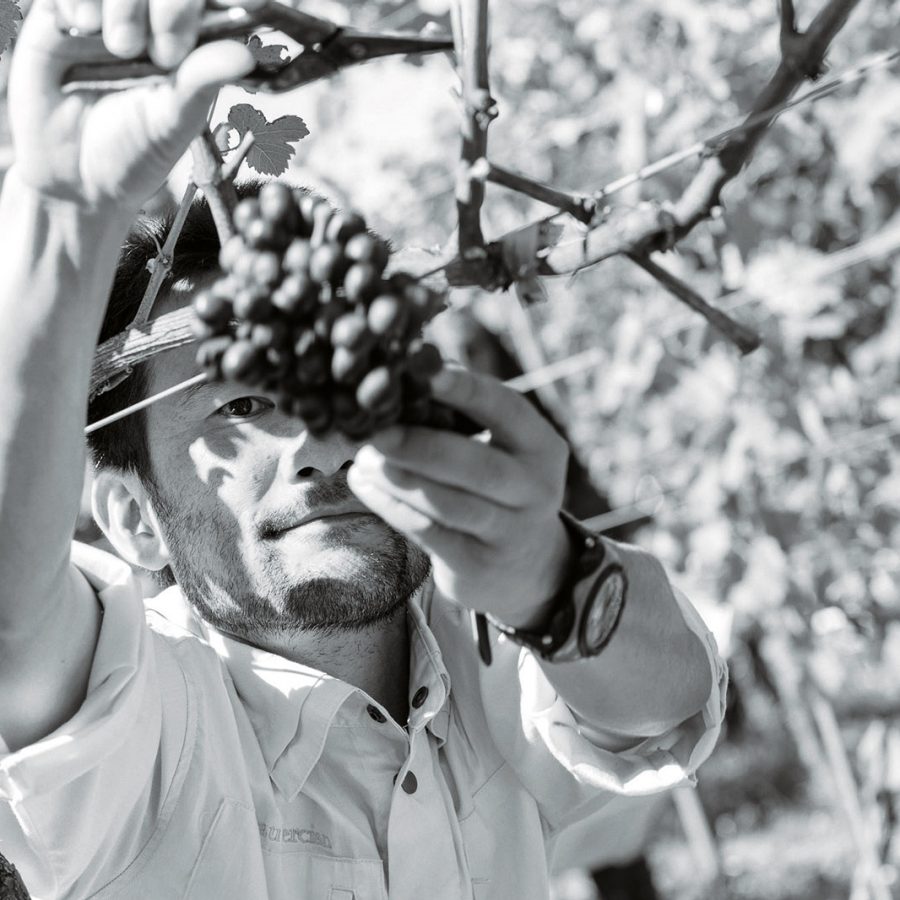
Yamanashi Prefecture, Japan
Yamanashi, just southwest of Tokyo, is at the foot of Mount Fuji, a location that has helped the area attract tourists from around the globe. The prefecture has a strong history of growing orchard fruit, and today it has evolved to become Japan’s premier wine-growing hub. This region is now home to 80 discerning winemakers who pay meticulous attention to detail. Varietals that shine in the area are koshu (white) and muscat bailey-A (red).
Top Wine Producer
Château Mercian is no doubt the best winemaker in the region, offering an internationally respected collection of super premium wines made from koshu, muscat bailey-A, sauvignon blanc, syrah and cabernet sauvignon. As indication of its quality and consistency, the winemaker was named winery of the year in 2016 by Asian Wine Review.
Where to Stay
For a traditional, upscale experience, try Onsenji Yumedono ryokan. Its authentic architecture, calming gardens and private hot spring baths in each room provide the perfect retreat after a busy day sampling the area’s wines and cuisine.
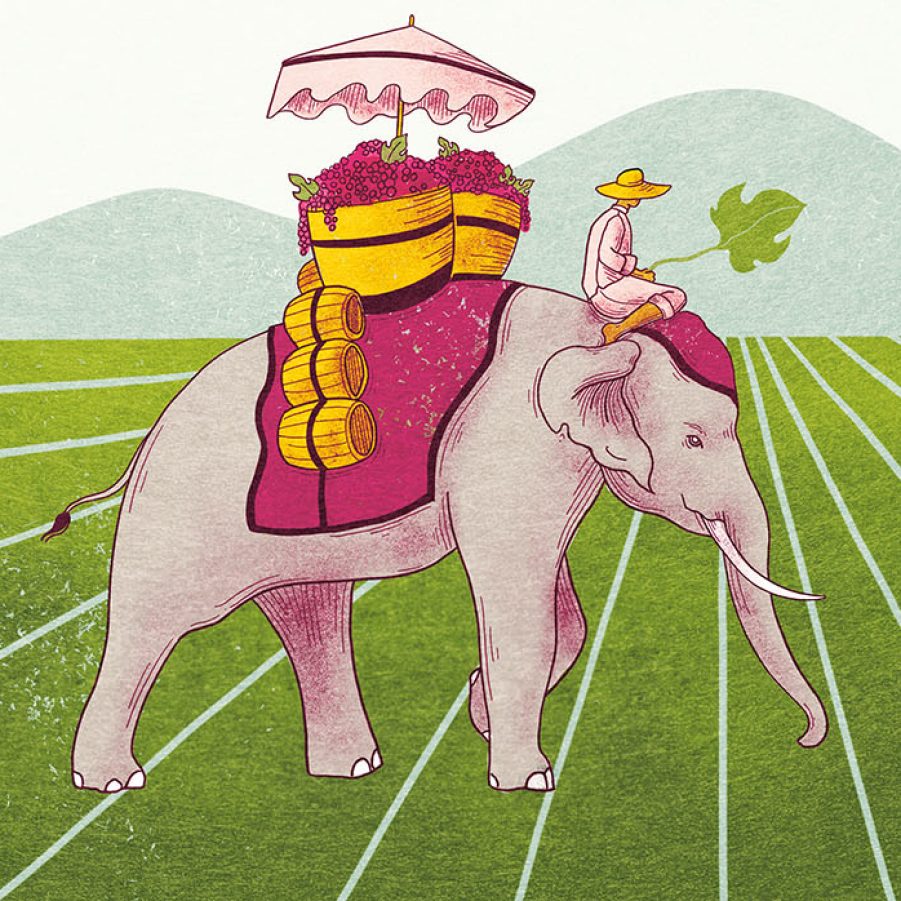
Illustration: Christina Chung
Khao Yai, Thailand
Khao Yai, a two hours’ drive north of Bangkok, is home to a majority of the country’s top vineyards, thanks in large part to the late King Bhumibol, who recognised the area’s potential as a wine region. With colder than average temperatures – they go as low as 11°C – and diverse soil types that include clay, loam, terra rossa and limestone, Khao Yai has the right conditions. Varietals that thrive in the region include chenin blanc, viognier, verdello and syrah
Top Wine Producer
GranMonte is an award-winning boutique winemaker located in the Asoke Valley, a sub-regional zone of Khao Yai. The wines are produced from sustainably managed vineyards designed to thrive in a tropical environment. The best wines from this estate include a traditional-method sparkling wine made from chenin blanc and a full-flavoured viognier packed with luscious textures.
Where to Stay
Thailand has plenty of beach retreats but cosy vineyard inns are few and far between. GranMonte offers keen wine lovers a chance to wake up among the vines in European-style guesthouses. It’s not high luxury but it gets you close the winemaking action and offers a quiet break from the city lights.
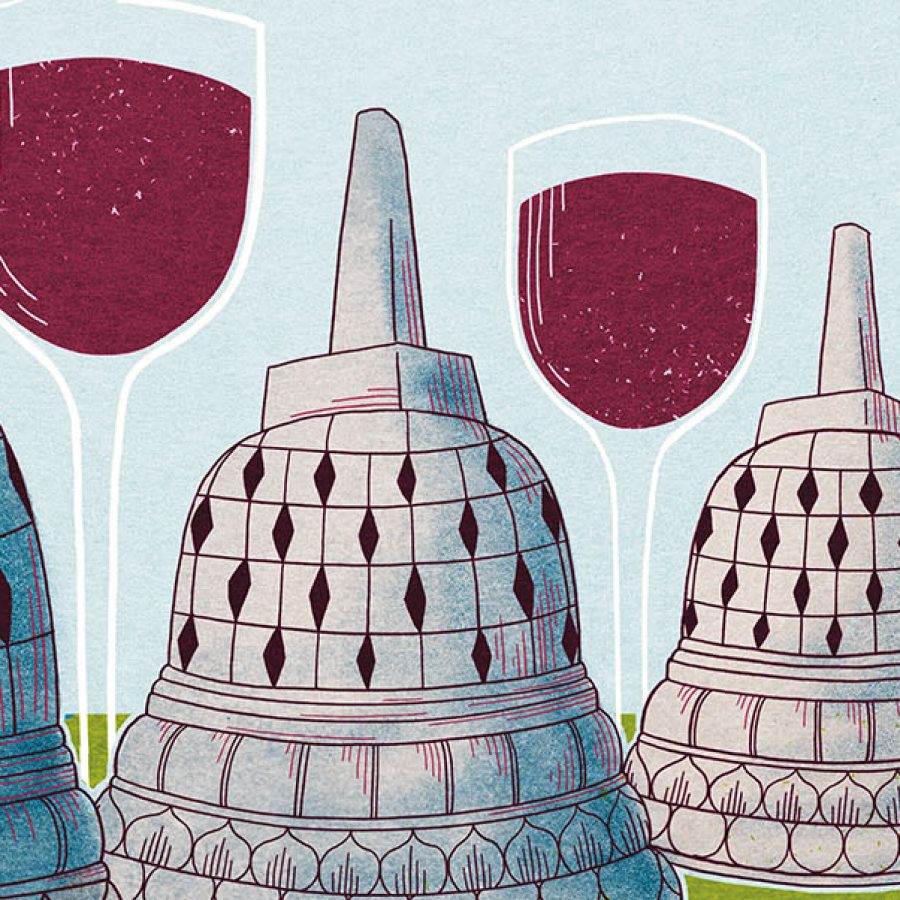
Illustration: Christina Chung
Bali, Indonesia
Ten years ago, many would have turned their noses up at the chance to sample a wine produced in Bali. The tropical conditions make it incredibly challenging to produce wines from traditional wine grapes, but after almost 20 years of trials and mostly errors, wine producers have finally found their footing using indigenous grape varietals like belgia (white), probolinggo biru (sparkling) and table grape alphonese-lavellee (red). Most of the premium vineyards are on the northern end of the island, where conditions are drier and somewhat cooler, allowing grapes to ripen with minimal disease and fungal pressures. Winemaking and tasting experiences can be found a little closer to beachside tourism precincts like Sanur.
Top Wine Producer
Hatten Wines clearly deserves this recognition, thanks to its efforts over the past 20 years to produce the greatest wines from Bali. The signature wines that have consistently won international awards include the fortified Pino di Bali and the sparkling wine Tunjung. The winery recently opened its brand new Cellardoor facility, offering wine classes and meals in its private dining room.
Where to Stay
Kejora Suites is a boutique property only a stone’s throw from the beach and Hatten Wines’ Cellardoor. The affordable suites open up to a pool and gardens. Meals are served in the Glass House restaurant next door, which features a distinctly Aussie cafe vibe.
Hero image: Christina Chung
- China – the Chinese Mainland, Hong Kong SAR, Macao SAR and Taiwan Region
- Hong Kong SAR - English
- Chinese Mainland (China) - English
- Taiwan, China - English
- 香港特別行政區 - 繁體中文
- 中国內地 - 简体中文
- 中國台灣 - 繁體中文
- Africa
- South Africa - English
- Asia
- Bangladesh - English
- Korea - English
- Singapore - English
- Cambodia - English
- 한국 - 한국어
- Sri Lanka - English
- India - English
- Malaysia - English
- Thailand - English
- Indonesia - English
- Maldives - English
- ประเทศไทย - ภาษาไทย
- Indonesia - Bahasa Indonesia
- Myanmar - English
- Vietnam - English
- Japan - English
- Nepal - English
- Việt Nam - tiếng Việt
- 日本 - 日本語
- Philippines - English
- Australasia
- Australia - English
- New Zealand - English
